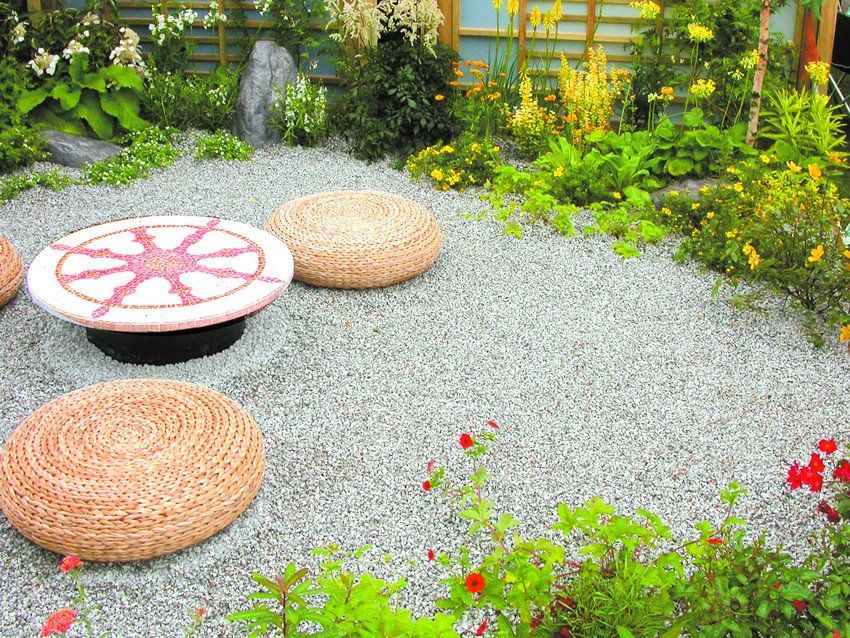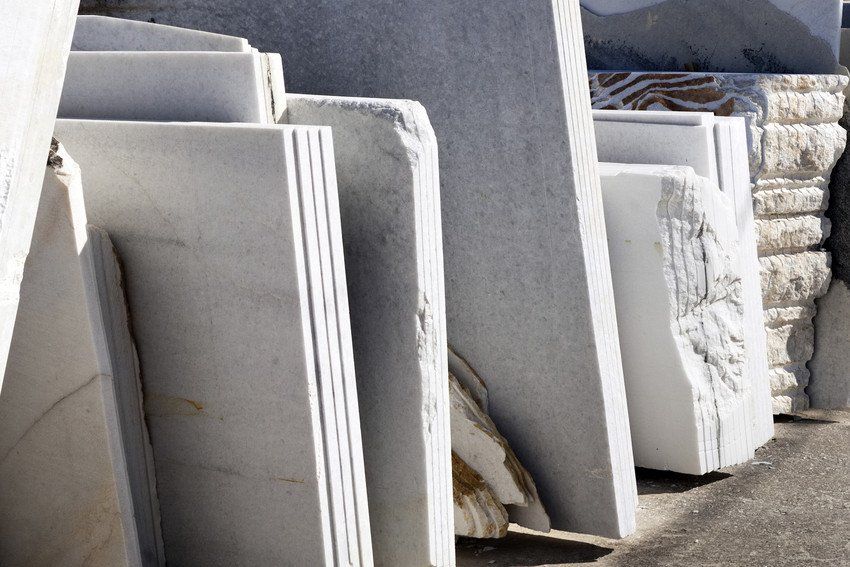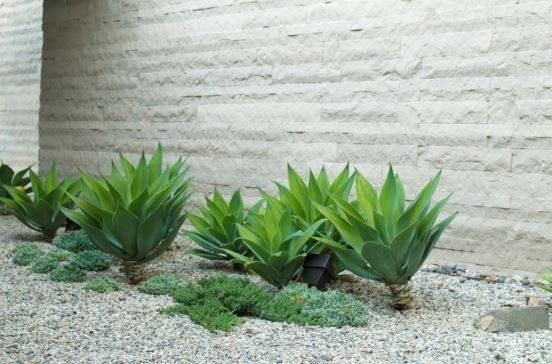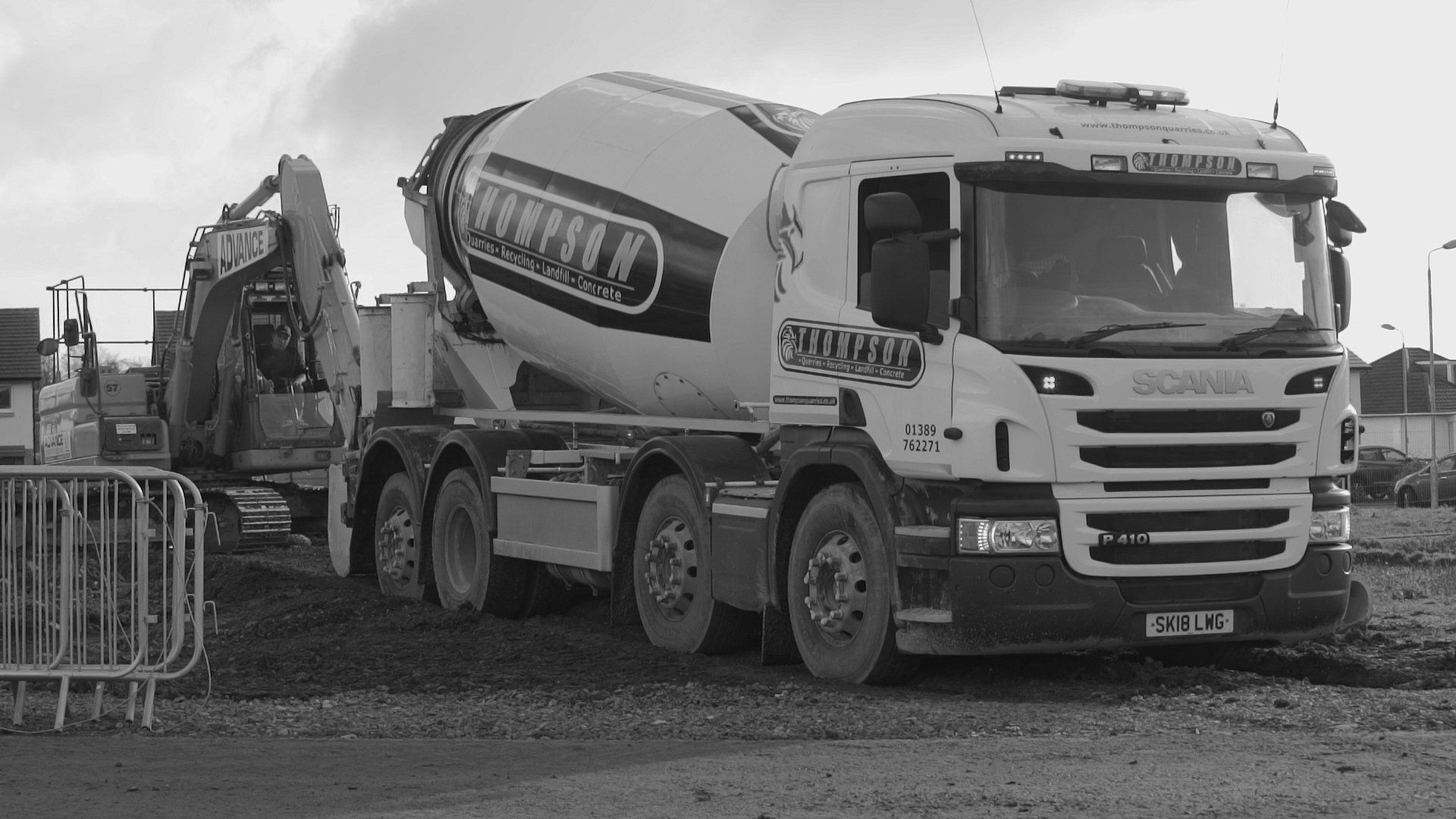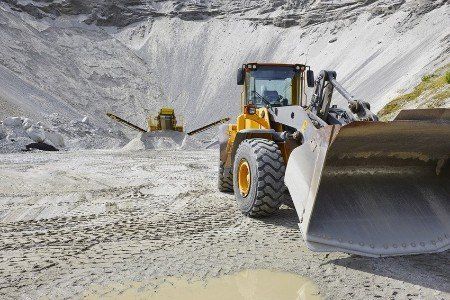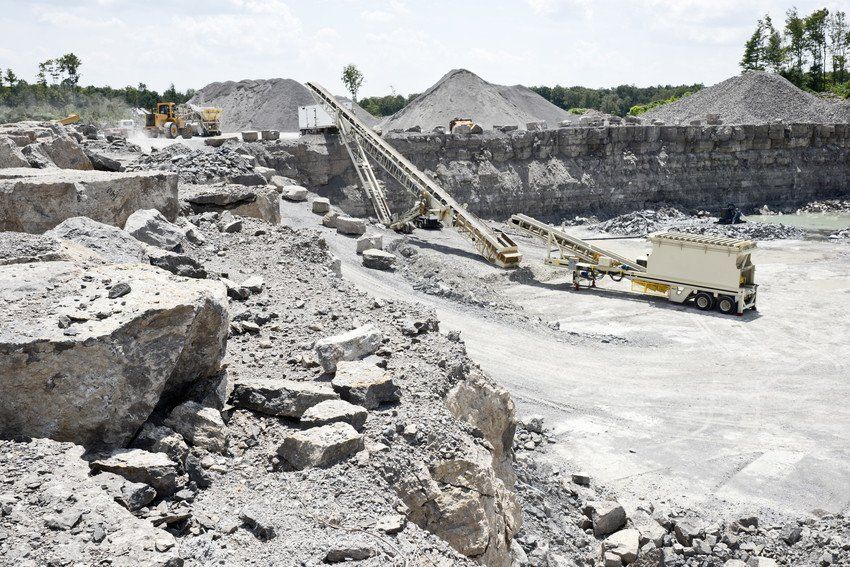The Various Grades of Sand Used in Construction
- By William Thompson & Son
- •
- 07 May, 2019
- •
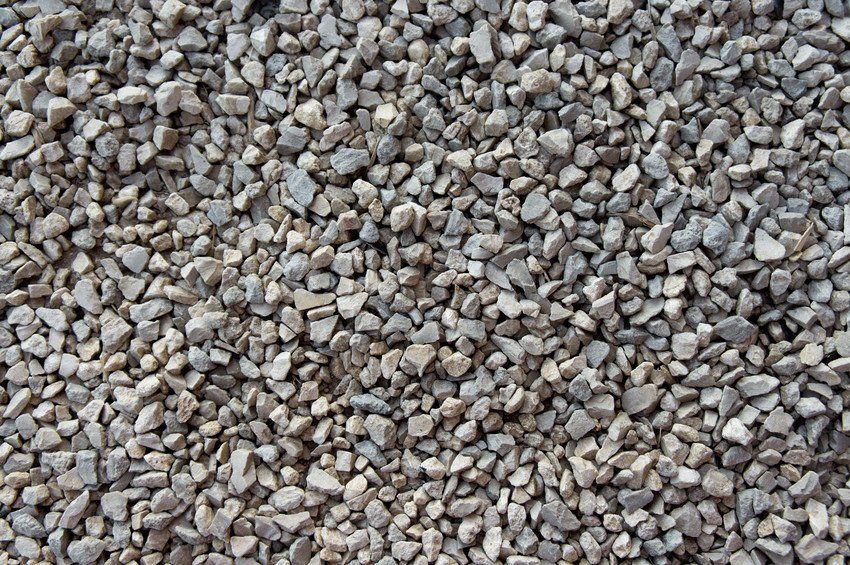
Who would have thought that the buildings we work, sleep and eat in are constructed from the key material that is sand? Associated with relaxing holidays and beaches, and is a key component in the construction of concrete, cement, gravel, aggregates and stone. This material is incredibly versatile and has been used in towering skyscrapers, petite cottages, schools, airports, our favourite shops and many more buildings.
If you are starting a construction company, or you are taking on a new building project, it would be helpful to know the different types of sand that are used in construction projects. This can help you make an informed decision about what sand you should order from your local supplier.
This blog post will not only illustrate the different types of sand used in construction, but it will also explain how sand is used to make gravel, aggregates and stone. Furthermore, as sand is a non-renewable natural source, it will explain why sand is in such high demand and how, in future we, can take the steps to make our construction site more sustainable and environmentally friendly - after all, its imperative that the construction industry starts taking the required steps to reduce our environmental impact. Read on to find out more.
Different types of sand used in construction
When we think of sand, our mind may instantly jump to the soft surface underneath our toes when we are walking along a beach on holiday. And, though this is true, there are many different types of sands that are much coarser than beach grains which are utilised for construction. It can be assumed that the vast majority of a building will have materials constructed from sand, whether that is the concrete or bricklaying mortar through to the glass in the windows, sand is essential.
Generally speaking, sand that is used in construction, should be clean, neat, and free of stones, clay balls and impurities. It is imperative that the sand used has good water retention as well as the necessary drainage. Sand can also be washed to remove it of excess clay, silt and dust meaning that the grittiness is altered. Below, are the different types of sand that is commonplace on construction sites:
Coarse Crushed Limestone Gravel - This is one of the largest types of sand used for construction gravel,simply because it can support heavy loads and has the necessary drainage.
Pit or Coarse Sand - These particles are often thick, hard and sharp because they are extracted from the natural deposits in the earth. These types of sand are mainly used in mortar formation as the cement produced is strong but not smooth.
Crushed Clean Stone - These are crushed stone aggregates that are known for their good drainage properties. From ready mixed concrete to filter stone, this type of sand is popular.
Fine Limestone Gravel - These particles are typically coarser, yet as they are small, they can be easily compacted to create solid surfaces. These don’t have the best drainage options, yet are a popular choice for support for patios and indoor flooring.
River Sand - This type of sand is harvested from river banks and beds and is available in varying coarse and fine options. This type of sand has rounder shaped particles meaning that in construction a smoother finish is created.
The differences between sand, aggregates, stone and gravel
Sand, aggregates, stone and gravel are interchangeable materials and words that are used in construction projects and the production of cement and concrete. Below, to avoid any confusion when ordering artificial or natural sand, we have decided to explain the subtle differences between sand, aggregates, stone and gravel.
Sand is a granulated fine material that is created from divided rock and mineral particles. Its composition varies depending upon the rocks it was created from and the environmental conditions of the country it is in. From shell fragments to quartz, sand can be made from a variety of different naturally occurring materials. Though sand is formed naturally, many construction companies have started making artificial sand.
Aggregate is a broad term used for a medium grain material that includes and made up of sand, crushed gravel, slag, recycled concrete and more. They are often used as a base foundation for roads, foundations, and railways. Recycled aggregates are a popular construction material as it reduces construction waste by reusing old construction debris. Its popularity is owed to the fact that it an eco-friendly practise.
Stone can be used for decorative purposes in construction as well as for function. One of the main types of stone for both decoration and construction is limestone. Stone has been used for thousands of years, simply because it provides great protection against the elements. Furthermore, when stone is mixed with clay or sandstone, it can be used as a form of cement.
Gravel is similar to aggregates as it is a loose combination of rock fragments. Gravel is classified by the different size particles of the rocks in the gravel, so this can be granule sized rocks to boulder-sized fragments. Gravel is popularly used in road surfaces.
Why and how sand is in such high demand as a construction material
Now that we know that sand has many different forms, let’s look at why sand is in such high demand as a construction material. As it is such a major component for the foundations and structure of a building, it has understandably been used for centuries. However, sand is also used to make glass, ceramics, hydraulic fracking and in the textiles that we wear and use day to day. It has been estimated that with the growing population, around 50 billion tonnes of construction-grade sand is needed each year. With all of this usage, especially from a non-renewable natural source - it does beg the question as to the environmental impact of sand in construction. And, it is perhaps no surprise that sand shortage is on the horizon.
This may be surprising considering the images of endless beaches and deserts that surround our planet. But, sand and gravel are the most extracted and mined materials in the world, exceeding that of fossil fuels and biomass. Plus, excessive mining can lead to the destruction of local eco-systems where river banks and coasts are being permanently altered due to the detrimental effects of sand mining. However, this may seem bleak, but you cannot deny the flexibility of sand and how we need to use it to create more buildings and homes.
How can we make our concrete and landscape gravel more sustainable?
Now that we are aware of how our reliance on sand is detrimental to the environment - it begs the question: how can we make our construction sites, as well as concrete and landscape gravel more sustainable. There are multiple ways to do this, from creating an effective waste management system to pioneering the use of more sustainable building materials like hempcrete, limiting the over-ordering of materials and using recycled aggregates.
Recycled aggregates may be the most direct way of reducing your building sites sand consumption, simply because they are more energy efficient and a virgin product does not need to be made. Furthermore, in its production, carbon dioxide is actually being absorbed - which means that there is less CO2 in the atmosphere. Recycled aggregate can be used for a variety of different applications,from constructing gutters and pavements to even preventing soil erosion through building revetments.
W M Thompson and Sons: Quarry Services and Gravel for Sale in Dumbarton, Glasgow and Lanarkshire
Here at W M Thompson and Sons, we are a leading quarry providing concrete, gravel and aggregates to construction sites around Dumbarton, Glasgow, Lanarkshire and beyond. From stone based materials to recycled aggregates - our experts can assist on whatever project you desire.
We pride ourselves on being a leading and forward thinking business when it comes to environmentally friendly practises. That is why we champion the selling and creation of recycled aggregates. Contact us today to find out more.

